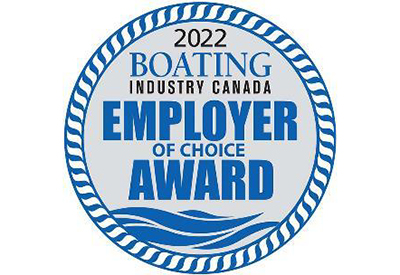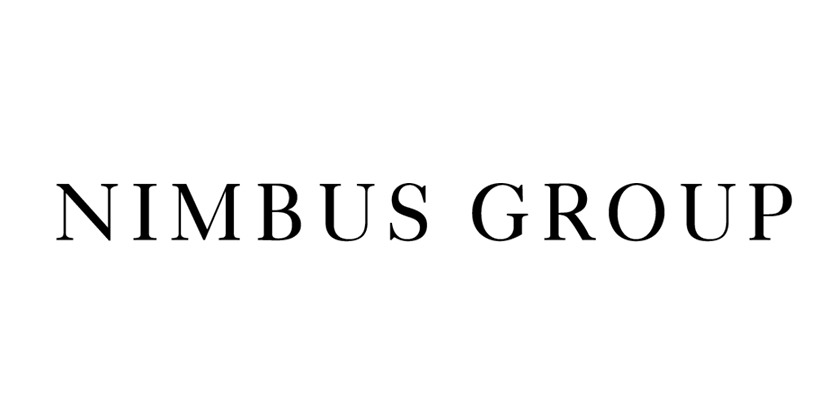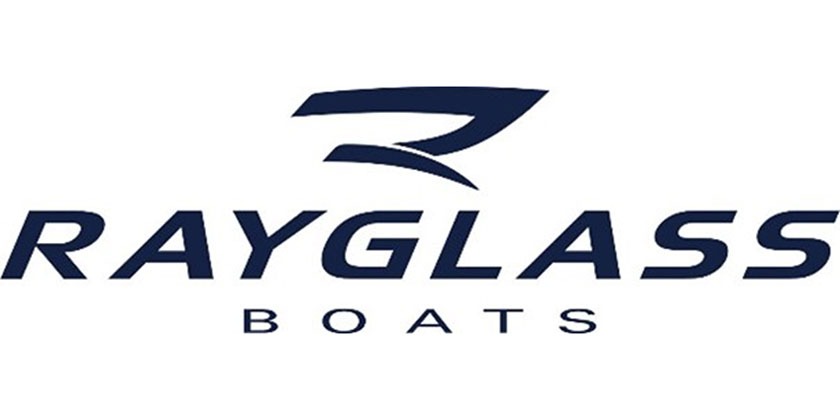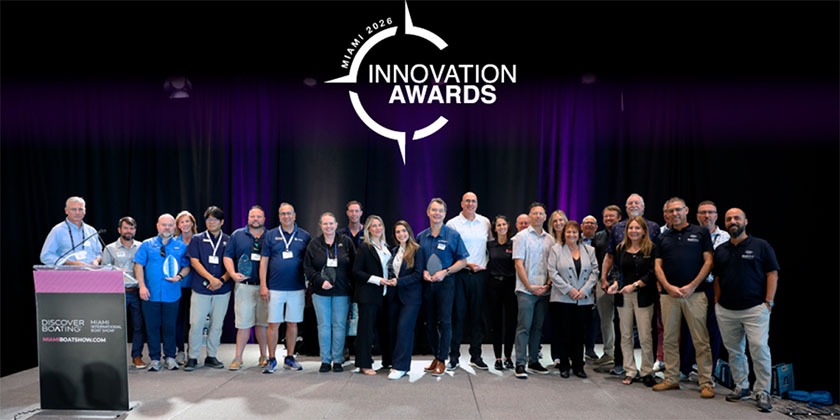Create a Career Pathing Strategy for Retention & Engagement

June 7, 2022
Author: Jeff Doran. President – CCEOC Inc.
A career path is not a straight-line trajectory. It can take many twists and turns. The challenge is to balance the needs of the employee with the requirements of the business. So why is career pathing so important?
Helping employees carve out a career path is an essential part of an effective retention/engagement strategy. It builds purpose, pride, and focus helping employees achieve their personal and professional goals. It also demonstrates to employees how important they are to the ongoing success of the business.
For a career path program to be successful, management needs to be proactive in discussing opportunities with employees. Career goals and timelines need to be outlined at the initial job interview. When reviewing options, it is important to set realistic expectations. This builds trust and helps employees gain a sense of where they are, where they are going, and how long it will take to get there. Annual, bi-annual or quarterly performance review meetings are good opportunities to broach the subject. Both managers and employees should come prepared to talk about their areas of interest.
What should managers focus on in the initial meeting?
- find out what the employee is passionate about
- ask where they would like to progress in the organization
- determine what is required to get there – skills, competencies, training, accreditations
- help plot out a “road map” with objectives and timelines
- make introductions with other employees who can help mentor and provide guidance
What should managers focus on in the follow-up meetings?
- review the “road map” to ensure the employee is on track
- celebrate achievements
- discuss changes, challenges, concerns – both personal and professional
- update the “road map” with any new objectives/timelines
- set a time for the next discussion
What if there are no immediate opportunities for advancement?
For SMEs or flat organizations, upward mobility isn’t always an option. That’s why cross-training and lateral moves are good alternatives and should be part of the conversation. Reinforce the fact that the more skilled and knowledgeable employees are, the more valuable they become.
It’s important to discuss employee’s personal goals. Encourage and support them to get involved in volunteer initiatives that align with employee objectives and company values.
“Job shadowing” and “Career Fair” days are excellent opportunities for staff to learn about other jobs in the company and experience what it is like to work in different departments. Mentoring programs are also a good way to connect new employees with subject matter experts and build a culture of learning.
It’s important for management to provide support and guidance, but it’s also important to empower employees to self-manage their careers. On-line organizational charts with job descriptions and required qualifications are great self-management tools. Try to automate this as much as possible so all employees have access 24/7. Employees can then design their own career “road map” and come prepared to discuss their plan at the next meeting.
While an effective career pathing strategy is essential for retaining and engaging staff, it can also have a significant impact on attracting top talent. Remember, good employees prefer to work for good companies. And they will always work harder for employers that help them achieve their goals and realize their dreams.
About CCEOC: Jeff Doran is the CEO at CCEOC and runs the Boating Industry Canada Employer of Choice program including the Annual Employer of Choice Awards. For more information visit: https://www.biceoc.com
























